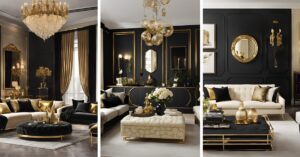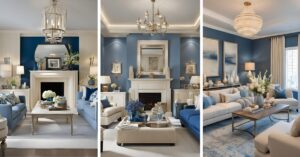Coastal casual living room ideas actually bring the relaxed essence of seaside living right into your home .
Everything seems to be better by the water—and home design is no exception . We’ve found that these breezy, light-filled spaces perfectly balance comfort with style, creating rooms that make both family and guests feel welcome and comfortable.
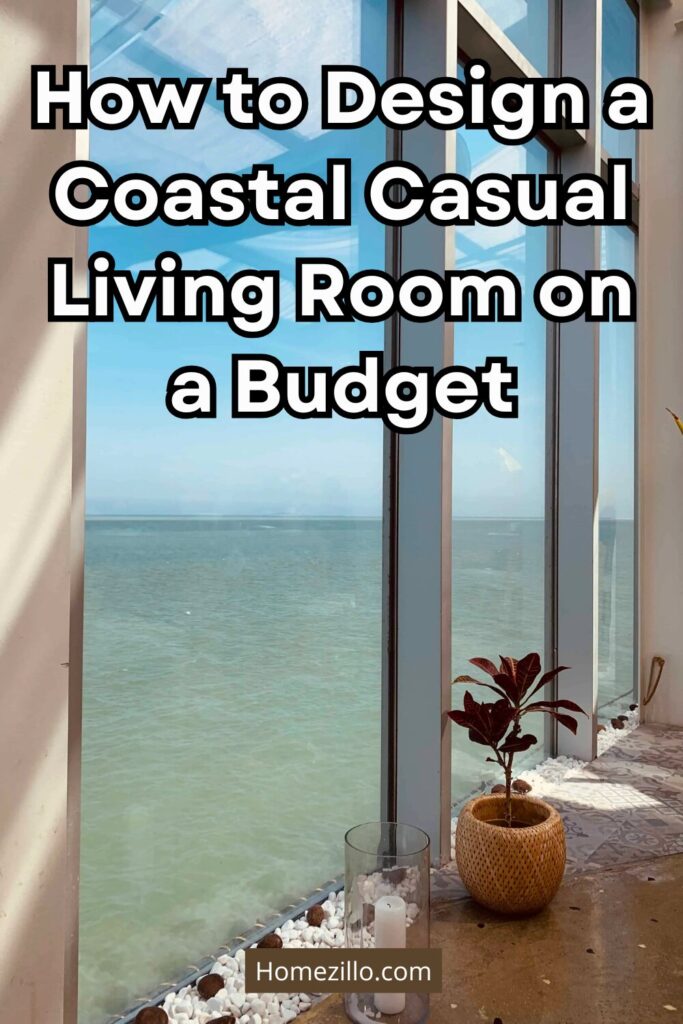
When exploring coastal living room decor, I focus on creating layers of texture through pillows, blankets, and faded area rugs .
In this guide, I’ll share designer secrets for coastal casual living rooms that specifically work in real homes.
Table of Contents
Start with the Layout and Natural Light
The foundation of any successful coastal living room begins with thoughtful layout planning and maximizing natural light. Creating that perfect seaside ambiance means more than just decorating—it starts with architectural considerations that set the stage for everything else.
Maximize windows and views
In coastal design, windows aren’t just functional elements—they’re the soul of the space. Large windows, sliding glass doors, or French doors create a seamless transition between indoors and outdoors.
If you’re fortunate enough to have water views, position your main living areas facing the water and consider floor-to-ceiling windows to capture the breathtaking scenery.To enhance natural brightness, keep window treatments minimal. Sheer curtains or retractable blinds allow maximum light while maintaining privacy when needed.
Mirrors strategically placed opposite windows can amplify sunlight and make rooms feel more expansive. For coastal homes close to water, choose window treatments that withstand humidity while complementing your beach esthetic—shutters and woven wood shades offer both functionality and coastal charm.

Open concept Vs. Cozy corners
While open floor plans have dominated coastal design for years, the trend is evolving. An open layout creates spaciousness and allows light to flow throughout the home, particularly valuable in smaller beach houses. However, there’s growing interest in creating defined zones within these open spaces.
Rather than one vast room, consider subtle boundaries using furniture arrangements, lighting variations, or architectural features like partial walls. This hybrid approach honors the breezy feel of open living while acknowledging the need for intimate spaces—think reading nooks or quiet conversation areas.
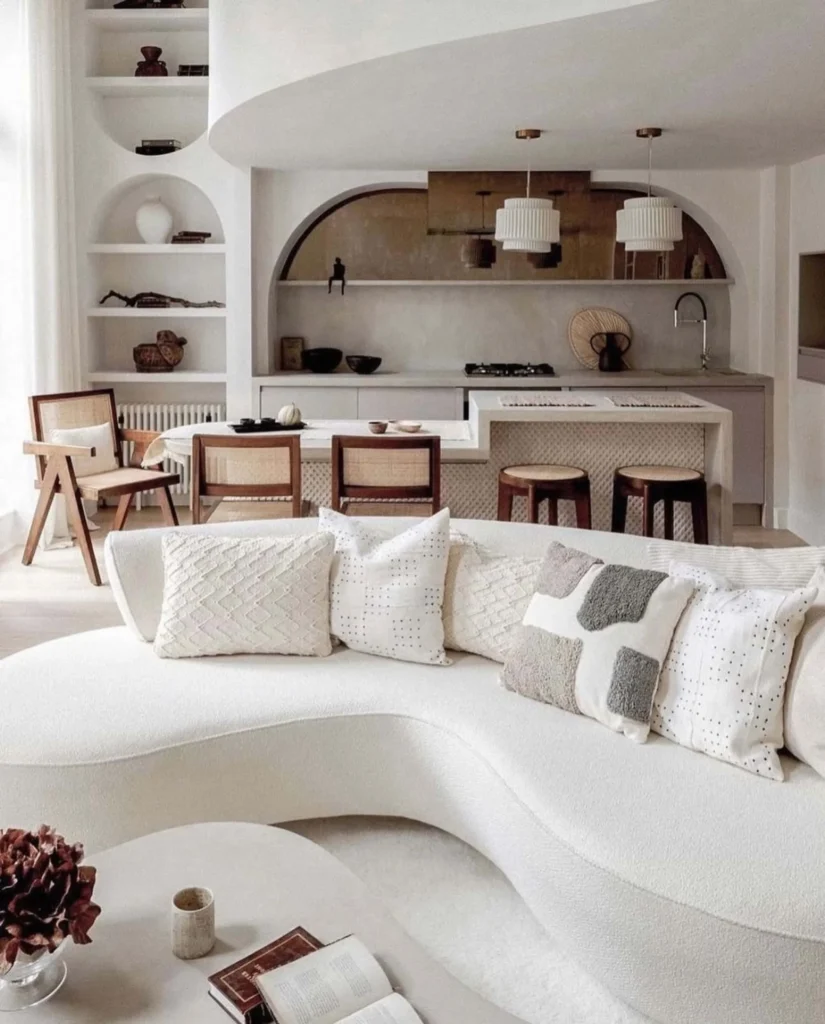
Furniture placement for conversation
The most inviting coastal living rooms prioritize comfort, conversation, and relaxation. Arrange seating to encourage interaction—place sofas and chairs facing each other around a coffee table or ottoman. U-shaped or square configurations create a warm, intimate atmosphere perfect for gathering.
For smaller coastal spaces, consider four chairs arranged in a circle instead of traditional sofa setups. This approach works across design styles from traditional to modern while maintaining an open, uncluttered feel.
Most importantly, avoid overcrowding—balance your furniture arrangement to allow easy movement throughout the space.
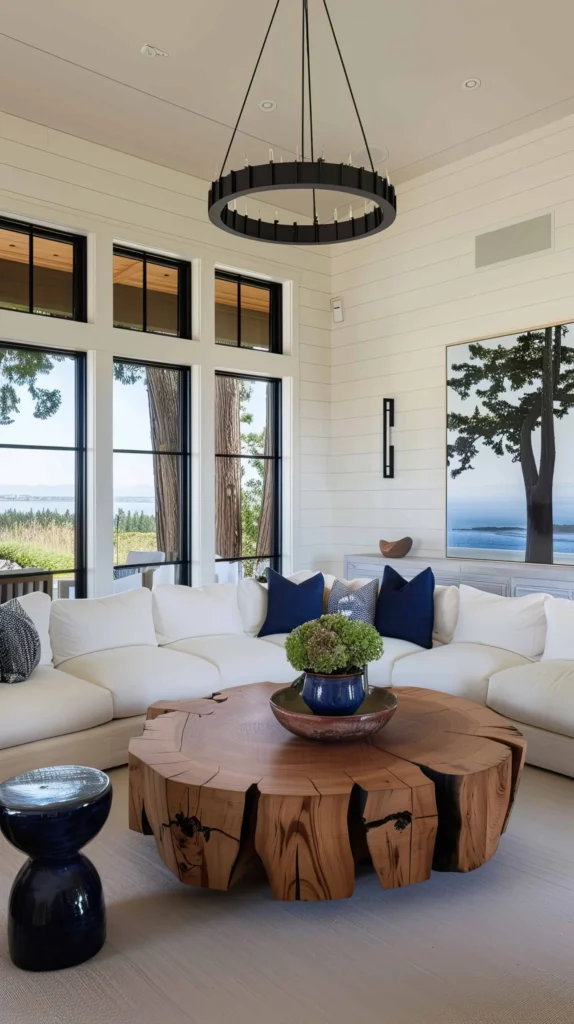
Build a Base with Timeless Coastal Elements
Creating a timeless coastal living room requires thoughtful selection of foundational elements that deliver both style and durability. These core components form the backdrop against which all your decorative choices will shine.
Neutral coastal living room foundations
Timeless coastal spaces begin with a soothing palette of neutrals. Instead of bold colors, consider layering tone-on-tone neutrals for a sophisticated look that remains effortlessly relaxed.
Sandy beiges, soft whites, and weathered grays create a serene backdrop reminiscent of shoreline elements. For depth and interest, focus on incorporating various textures rather than multiple colors. This approach maintains a light, airy ambiance while adding visual complexity and warmth to your coastal living room.
For paint selections, soft whites like Benjamin Moore’s Chantilly Lace provide brightness without feeling sterile, while warmer options such as Muslin or Maritime White pair beautifully with crisp white trim.
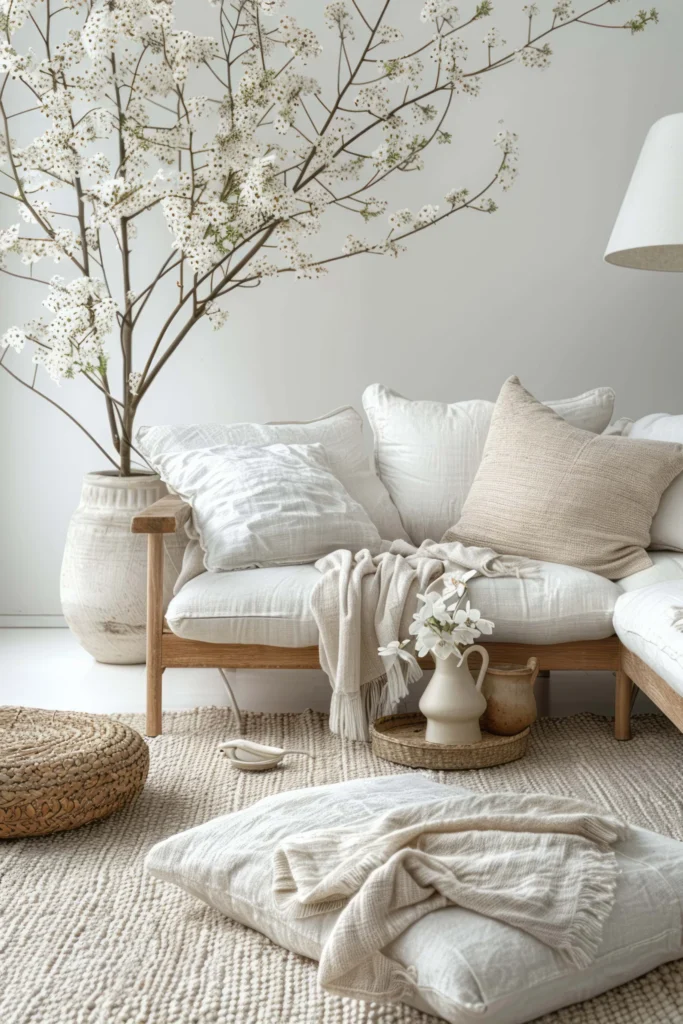
Shiplap walls and painted ceilings
Shiplap has transcended trend status to become a coastal classic. Originally used for practical purposes in actual seaside homes, today’s shiplap walls add instant architectural interest and texture. In living rooms, consider installing shiplap as an accent wall behind a fireplace or across an entire room for dramatic effect.
For a traditional coastal look, paint shiplap bright white, but don’t hesitate to experiment—seafoam green or soft blue can create a distinctive coastal vibe.
Painted ceilings deserve attention too. Flat or eggshell finishes minimize imperfections, while semi-gloss adds reflective properties that enhance natural light. Vertical shiplap in hallways or vaulted areas visually expands the space, creating an open, airy feeling.
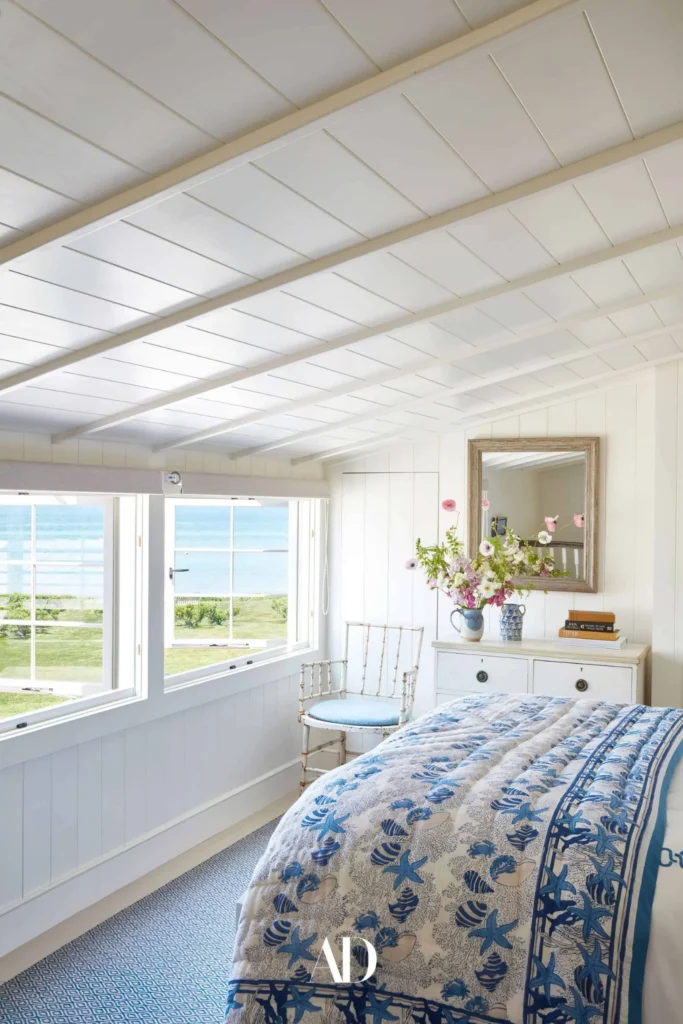
Wood flooring and natural fiber rugs
Durable wood flooring forms the foundation of any coastal living room. Engineered wood offers superior moisture resistance—crucial for beach homes—while maintaining the warmth and beauty of natural wood. Light tones like white oak, ash, or hickory brighten spaces and complement coastal esthetics, standing up better to sandy feet and sun exposure than darker options.
Natural fiber rugs add essential texture and practical benefits:
- Jute rugs bring warmth and coziness while being biodegradable and renewable
- Seagrass offers exceptional durability and natural stain resistance
- Sisal provides texture while standing up to high-traffic areas

Layer in Textures, Patterns, and Color
Once you’ve established your neutral coastal foundation, the real magic happens through thoughtful layering of textures, patterns, and strategic pops of color. This critical stage transforms a basic space into a vibrant coastal retreat that feels both sophisticated and inviting.
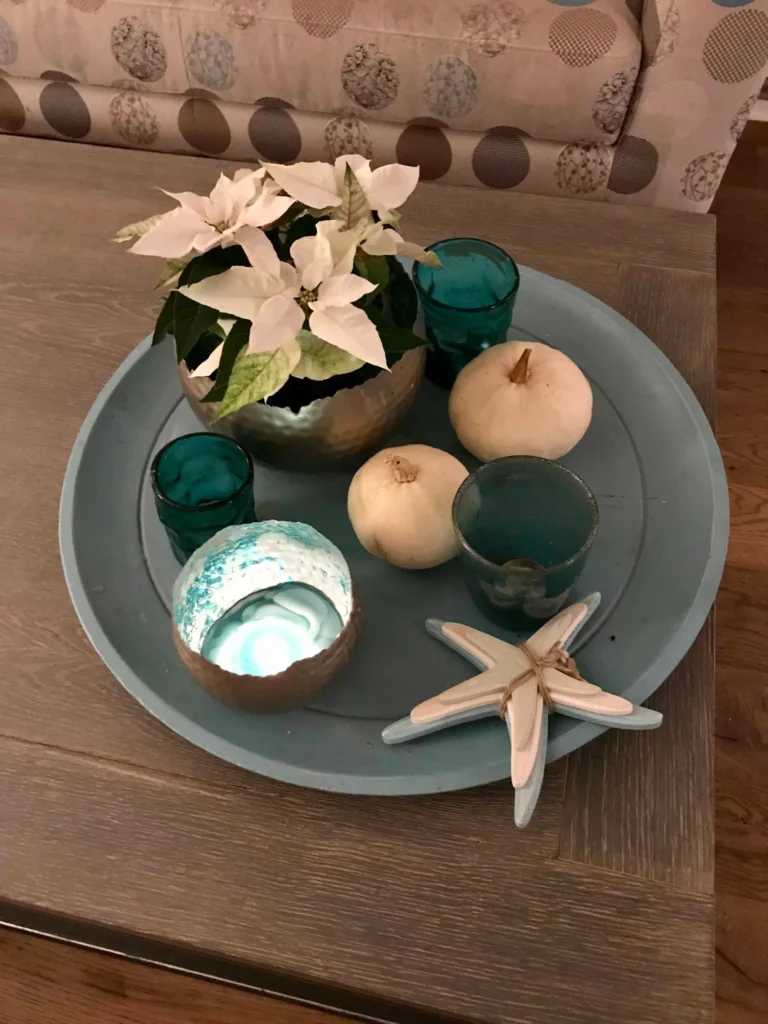
Mixing patterns in pillows and throws
The key to successful pattern mixing lies in balance and thoughtful coordination. Begin with a simple formula: ground your arrangement with a solid color, add a large-scale pattern, then incorporate a smaller-scale print.
This creates visual harmony where pieces complement rather than compete with one another. For instance, a solid pillow paired with a striped pattern and a floral print creates a fail-proof combination that instantly elevates your coastal living room.
When selecting patterns, choose options that share at least one or two common colors to maintain cohesion.
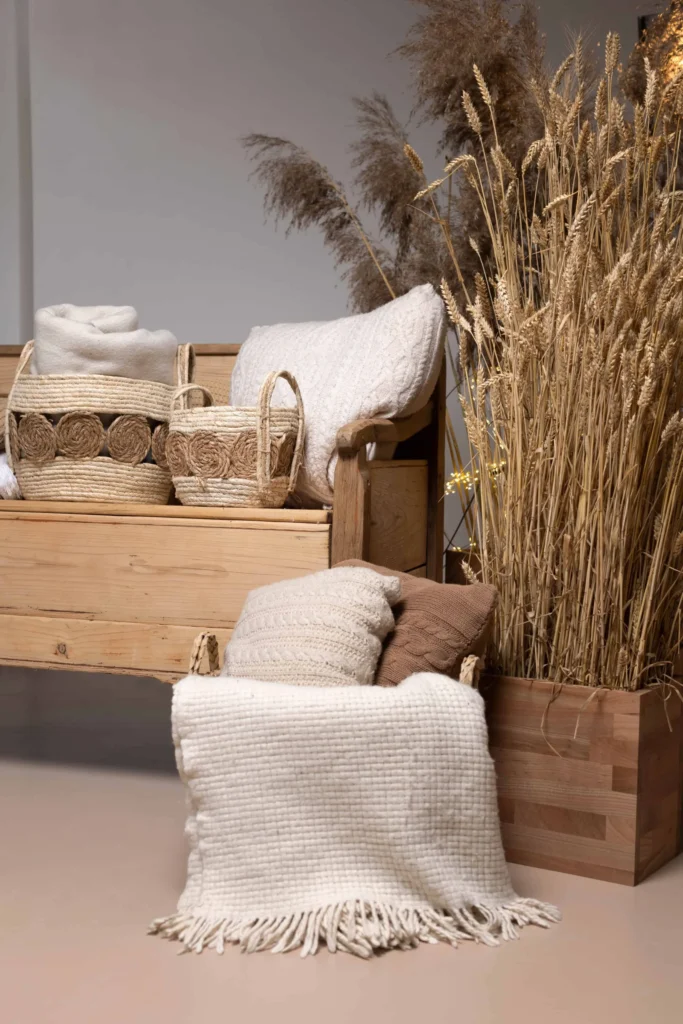
Pops of Blue, Turquoise, or Coral
Embrace the serenity of the sea with strategic color accents that evoke ocean waters. Soft blues, vibrant turquoise, and warm coral tones create instant coastal character against neutral backgrounds. The palette of cobalt, aqua, and lichen green works especially well, appearing fresh and vibrant without overwhelming your space.
For a striking coastal-inspired effect, pair vibrant coral with aqua blue as complementary accents. These colors create a refreshing contrast while maintaining that quintessential beachy atmosphere.
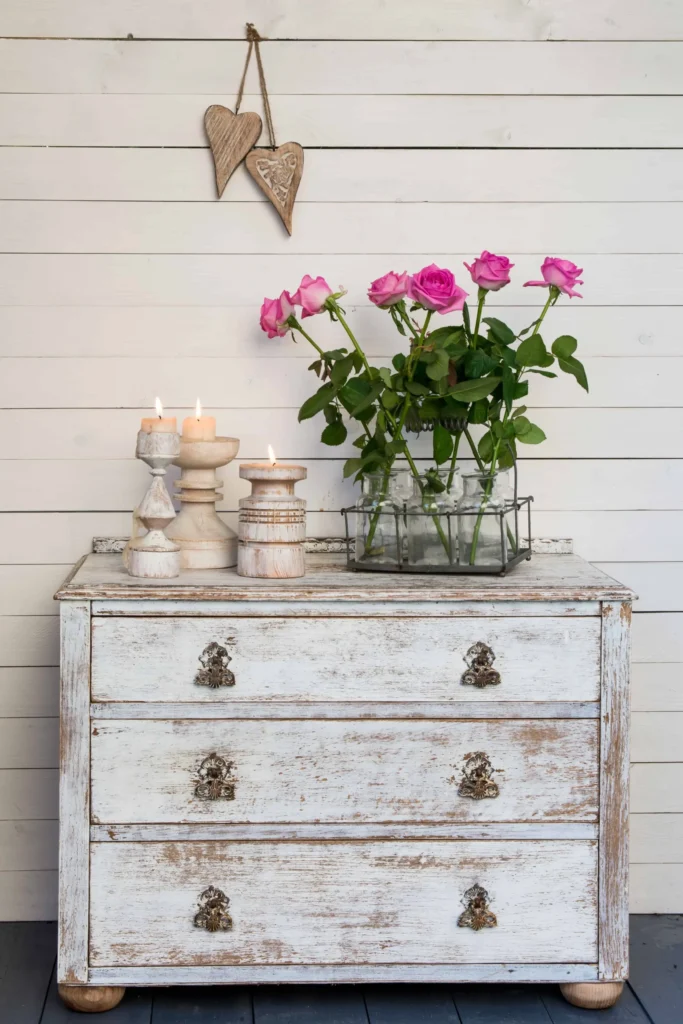
Combining soft and bold textures
Texture diversity is absolutely essential in coastal design—particularly when working with neutral palettes. Soft furnishings provide the perfect opportunity to introduce varied tactile elements through embroidery, decorative trims like tassels or fringe, and contrasting fabric weights.
Consider layering light, airy fabrics that move with the breeze alongside more substantial elements like boucle or faux fur. This textural contrast creates depth and visual interest throughout your coastal living room.
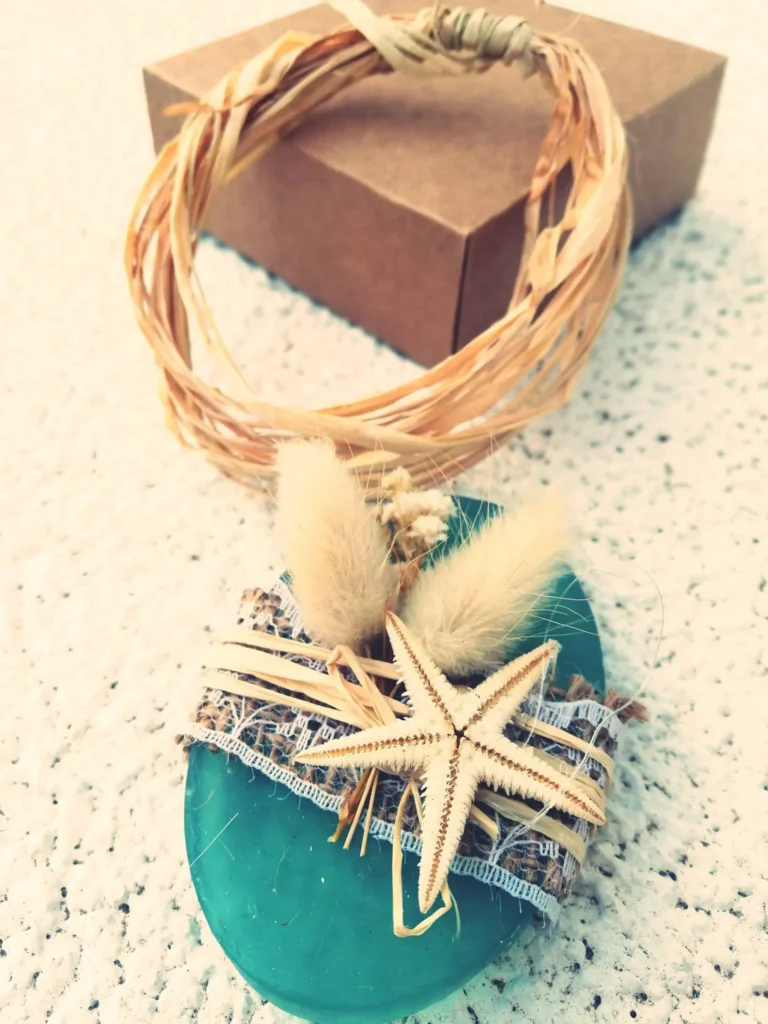
Finish with Decor That Tells a Story
The true magic of coastal casual living room ideas emerges in the final layer—personal touches that transform a beautifully designed space into a home with soul and character. These thoughtful elements tell your unique story while reinforcing the relaxed seaside atmosphere.
Personal collections and vintage finds
Mixing vintage finds with new items adds undeniable character to coastal spaces. Consider incorporating vintage cabinets with different wood types and finishes that still complement your neutral palette.
These pieces blend seamlessly with modern furniture while adding historical depth. Indeed, vintage-inspired statement pieces like a distressed wooden console or reclaimed coffee table pair beautifully with sleek contemporary furnishings for an eclectic, visually engaging space.
Beach house living room accessories
Natural elements form the backbone of authentic coastal accessories. Display collections of seashells in glass jars, arrange sea glass in decorative bowls, or showcase driftwood as sculptural art.
Moreover, nautical touches like vintage rope used as stair railings or repurposed cleats as coat hooks add whimsical yet functional character.
For a budget-friendly approach, create coastal vignettes using items already in your home—think white milk glass, blue glass pieces, or woven baskets that evoke beach textures.
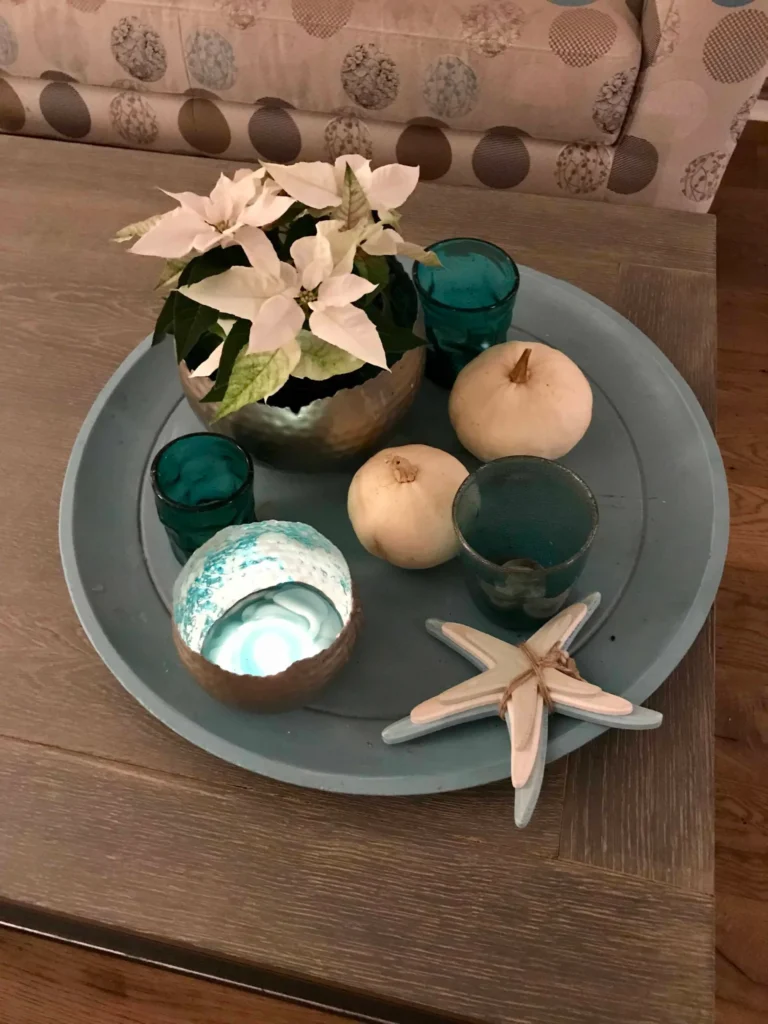
Elegant coastal living room touches
Elevate your coastal space with sophisticated elements that prevent the design from feeling too casual. Marble accessories, glass vessels, and ceramic pieces with interesting textures add refined elegance.
Subsequently, consider incorporating vintage-inspired prints, antique maps, or black-and-white sailing photographs for timeless wall decor.

Florida coastal casual living room ideas
Florida coastal spaces embrace abundant natural light with minimal window treatments. In these rooms, crisp whites combined with punches of bright colors—particularly aqua—mimic the ocean’s dazzling blues.
Horizontal shiplap planking evokes the charm of old Gulf-front beach houses, creating a distinctly regional coastal vibe.
Conclusion
Coastal casual living rooms undoubtedly offer the perfect blend of relaxation and style when designed thoughtfully. Throughout this guide, we’ve explored how natural light serves as the cornerstone of these spaces, while neutral foundations create the perfect canvas for coastal magic to unfold.
After all, the most successful coastal rooms balance openness with intimate gathering spaces, creating environments that welcome both family and friends.
FAQs
Q1. How can I create a coastal-inspired living room without living near the beach?
Use a neutral palette with pops of blue, natural textures like jute and linen, and beachy accents like seashells or driftwood. Keep the space light, open, and airy.
Q2. What’s the key difference between coastal and beach decor?
Coastal style is refined with vintage elements and deeper tones. Beach decor feels more relaxed, with light hues, breezy fabrics, and casual textures.
Q3. How can I add coastal elements without overdoing the theme?
Stick to neutrals and mix in natural textures. Use subtle coastal accents—like coral or navy accessories, maps, or sailing photos—for a balanced, sophisticated look.
Q4. What are must-haves for a coastal casual living room?
Natural light, cozy seating, a neutral base with blue accents, jute or wood textures, shiplap walls, and patterned throws or pillows add depth and charm.
Q5. How do I create a focal point in a coastal living room?
Use a shiplap or tiled fireplace, a coastal-themed gallery wall, or bold statement art. Textured wall treatments also make great centerpieces.

